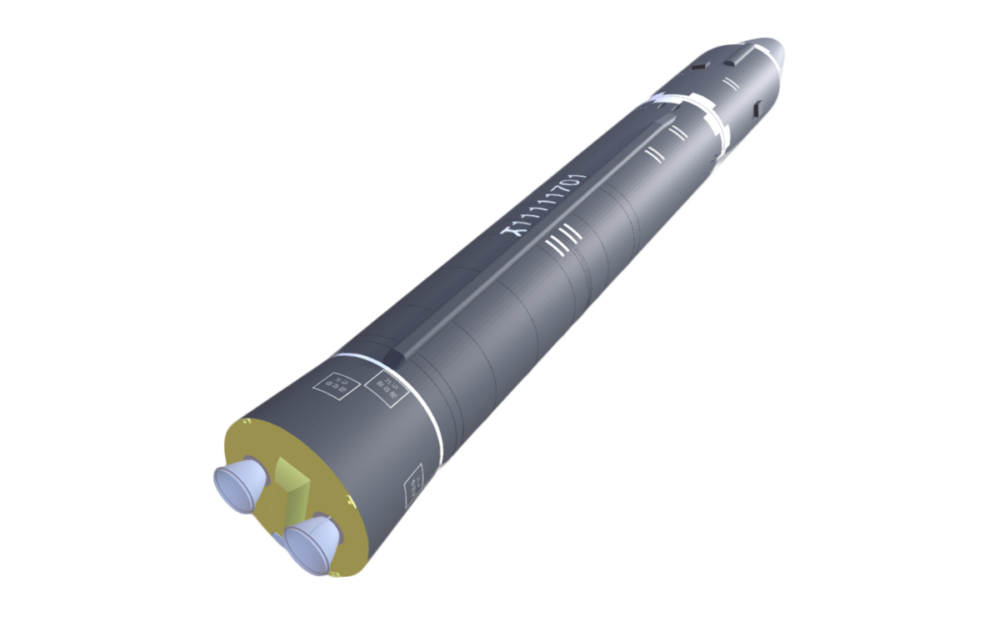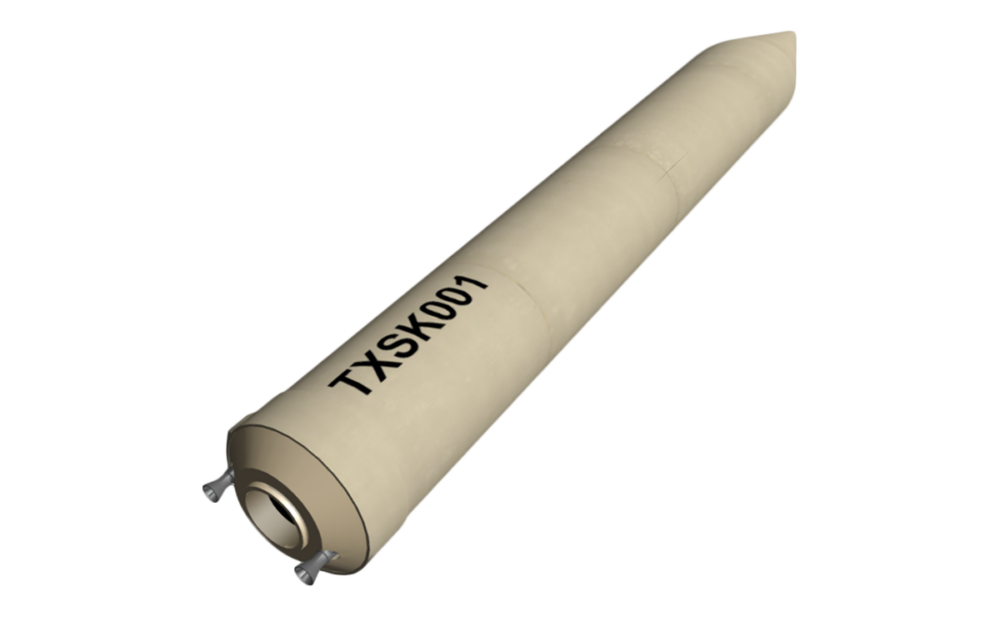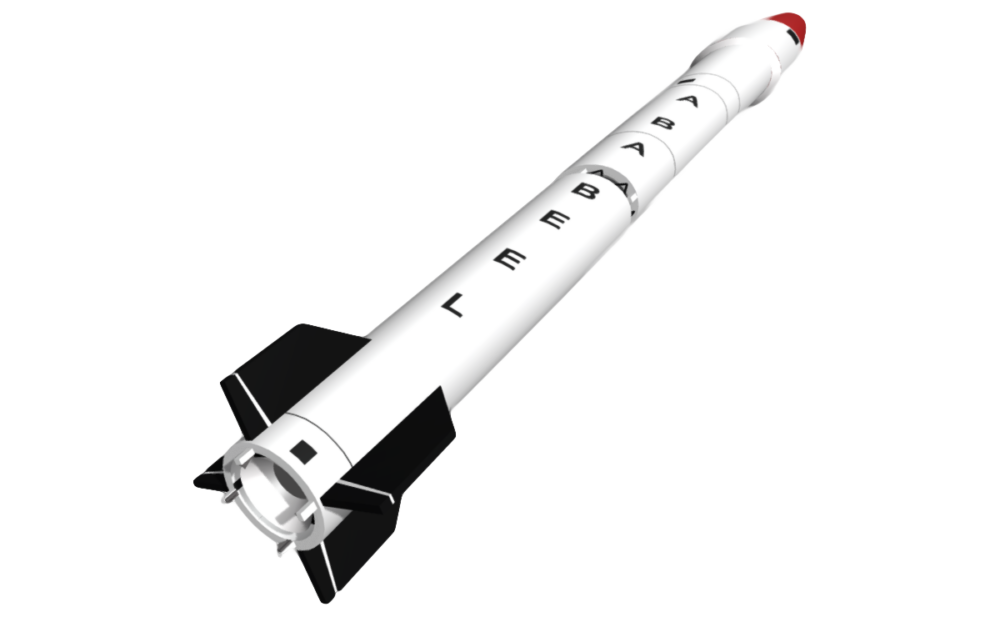
The James Martin Center for Nonproliferation Studies (CNS) North Korea Missile Test Database is the first database to record flight tests of all missiles launched by North Korea capable of delivering a payload of at least 500 kilograms (1102.31 pounds) a distance of at least 300 kilometers (186.4 miles). The database captures advancements in North Korea’s missile program by documenting all such tests since the first one occurred in April 1984, and will be routinely updated as events warrant.
The below map allows users to view North Korea’s missile tests over a period of time, and to select by missile type, missile family, and the tests’ results. Users can also view additional infographics and read expert analysis of the database. The full CNS North Korea missile test dataset is available in Excel format (download), along with information concerning exactly how the tests are recorded and the information is categorized.
It may take two to three days following a North Korean missile test for the database to include the launch. The aftermath of a test is usually filled with contradictory reports that must be reconciled and examined in order to ensure that 1) the missile tested meets the minimum threshold necessary to be entered and 2) that the information entered best reflects the events that actually occurred. The 500 kg payload and 300km minimum range requirement exists to ensure that the database only records strategic missile systems as opposed to smaller systems such as rocket artillery.
Media inquiries about the database or accompanying graphics can be directed to Jessica Varnum at [email protected] or Michael Duitsman at [email protected]. Graphics created by CNS’s Shea Cotton and David Steiger.
Explore the Collection
Your are currently on
The CNS North Korea Missile Test Database
Understanding North Korea’s Missile Tests
The CNS Iran Missile and SLV Launch Database
No, Iran Is Not Pursuing an ICBM (Yet)
The CNS India and Pakistan Missile Launch Databases
Cruising for a Bruising: How Cruise Missiles Are Threatening Norms Between India and Pakistan
The CNS Global Missile Defense Engagements Database
The Global Missile Defense Race: Strong Test Records and Poor Operational Performance
Stay Informed
Sign up for our newsletter to get the latest on nuclear and biological threats.

The CNS Iran Missile and SLV Launch Database
Collection of Iranian missile tests including the date, time, missile name, launch agency, facility name, and test outcome. (CNS)

The CNS India and Pakistan Missile Launch Databases
Database of Indian and Pakistani missile tests including the date, time, missile name, launch agency, facility name, and test outcome. (CNS)
Coalitions to Watch at the 2015 NPT Review Conference
Over 150 states gathered at the UN to review the past and chart the future of the Treaty on the Non-Proliferation of Nuclear Weapons (NPT). (CNS)
